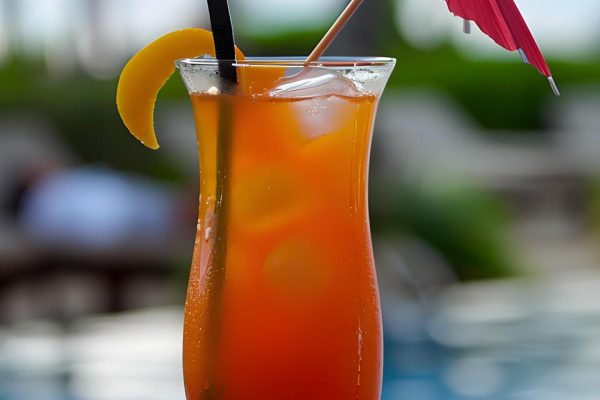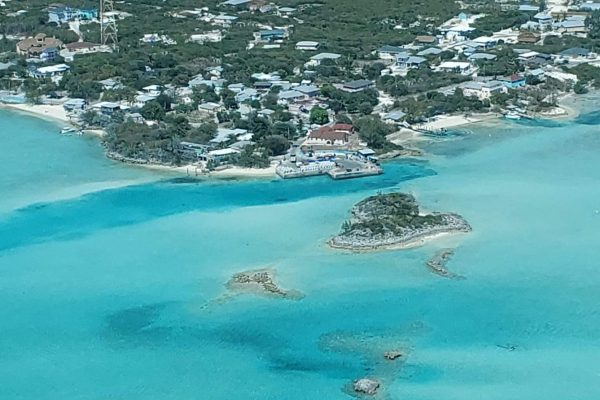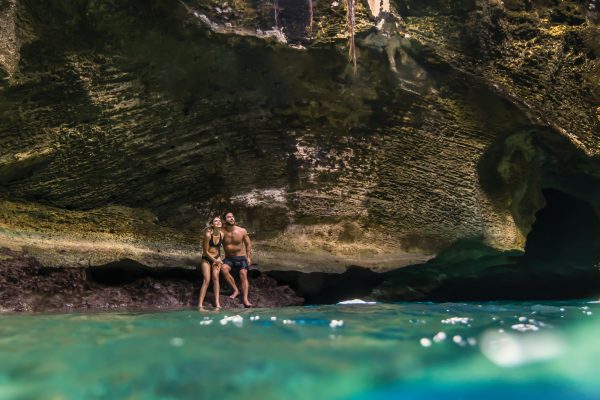
Staniel Cay Vacation Rentals
There is much to do and see when staying at Staniel Cay Vacation Rentals. We will share with you lots of incredible places to visit one of them being the EXUMA CAYS LAND and SEA Park.
Dinghy and Snorkeling Guide
Snorkeling offers every visitor the opportunity to enjoy the natural beauty of the park’s underwater environment. This guide will help you safely locate prime snorkeling areas by dinghy.
Before you start your snorkeling adventure, read the following guidelines designed to protect this unique and beautiful environment and to protect you.
 Respect Our Environment—Please Don’t Damage the Coral
Respect Our Environment—Please Don’t Damage the Coral
- Look but don’t disturb. Coral reefs are hundreds of years old, built by very slow growing micro-organisms, and many of our reefs were in the Bahamas to welcome Columbus to the new world. The damage you see today is caused by careless human contact.
- Many of the reefs mentioned in this guide are very shallow, especially at low tide. These locations are included so their beauty may be enjoyed by every age group, but it is critical that you do not touch the coral, damage the reef with your outboard motor, kick it with your fins while swimming or stand on the coral to clear your mask.
- We have placed dinghy moorings at many of the locations indicated in our guide. Please use these moorings to avoid damaging the reefs with your anchor. It’s OK for several dinghies to share the same mooring. If a dinghy mooring is unavailable, please anchor in sand a safe distance from the reef.
- You will also notice bleaching and green algae on much of the coral that is not constantly cleaned by tidal currents. Bleaching and algae growth are directly related to the warmer waters caused by global warming.
Snorkel Safely—Respect the Tide and Current
- Our most colorful reefs are cleaned twice a day by strong tidal currents and snorkeling these reefs is safest with minimal current at either low or high tide. Display a dive flag and always keep one person in your dinghy to watch the snorkelers and be ready to rescue anyone caught in the current.
- Inexperienced snorkelers may wish to swim with a flotation or use a glass bottom bucket from a dinghy to view underwater marine life.
- Use waterproof charts (available at the Ranger Station) to help locate the reefs and please take a working portable marine radio with you. Please notify “Exuma Park” on channel 16 if you encounter any problems.
You will see a wide variety of marine life on the reefs: coral, tropical fish, lobsters, sting rays, barracuda, and the occasional shark. Take photos (we have underwater cameras at the Ranger Station) and use our waterproof guides to help identify the marine life you see. Remember—no fishing, shelling, conching, or lobstering is permitted in the park. Please don’t feed the fish!
 Take Only Photographs—Leave Only Bubbles
Take Only Photographs—Leave Only Bubbles
Thank you for helping us preserve the natural beauty of The Bahamas.
Travel Tips
Access: You can access the park by boat. There are no facilities for overnight stays within the park itself, but nearby islands offer accommodation.
Unforgettable Boat Tours
Explore the wonders of ELSP effortlessly with a must-do boat tour. Discover remote areas of the park inaccessible by foot and learn about its intriguing history with a knowledgeable tour guide. Snorkel or scuba dive and witness the park’s incredible marine life. Even if you take an all-day tour, you’ll still be amazed at how much you didn’t see. One area not to miss is the lazy river at Shroud Cay.
- Best Time to Visit: The Bahamas enjoy pleasant weather year-round, with the drier season between November and April being peak tourist season.
Conservation efforts. The park encourages visitors to support its conservation efforts by following all rules and guidelines, minimizing waste, and respecting wildlife.
Home to Abundant Wildlife
Besides marine life, the ELSP is a vital habitat for many bird species. Discover the magnificent seabirds that call the Exuma Cays home from April to August! Take a trip to Shroud Cay’s eastern cliffs to witness a large colony of white-tailed tropicbirds, nesting clapper rails, and yellow warblers. Head over to Long Rock (aka Long Cay) to see the largest known nesting colony of Audubon’s Shearwaters in the area—these nocturnal birds only come ashore at night. Warderick Wells boasts a breathtaking colony of white-tailed tropicbirds nesting on the seaward cliffs at the north end of the island, alongside least terns and Wilson’s plovers. Other common resident birds include the Bahama mockingbird, black-faced grassquit, and osprey. Don’t miss your chance to observe these beautiful birds, including gray kingbirds and Antillean nighthawks that call the Exuma Cays their summer homes. The park is even home to boa constrictors, iguanas, and the rare Bahamian hutia, which you can observe from a safe distance.
A Natural Oasis for Different Plant Species
 The ELSP is a beautiful marine park and a natural oasis for different plant species. In the park, you can find many plants and trees that are rare or unique to the region. The Bahamian pine, silver top palm, and sea grapes are some of the most common plants found in the park. The vegetation comprises mangrove communities, with the east sides being clad in low scrub and the western sides with taller scrub. There are many epiphytic orchids and bromeliads. Take nature walks to explore the island’s natural beauty and see the variety of plant species.
The ELSP is a beautiful marine park and a natural oasis for different plant species. In the park, you can find many plants and trees that are rare or unique to the region. The Bahamian pine, silver top palm, and sea grapes are some of the most common plants found in the park. The vegetation comprises mangrove communities, with the east sides being clad in low scrub and the western sides with taller scrub. There are many epiphytic orchids and bromeliads. Take nature walks to explore the island’s natural beauty and see the variety of plant species.
- Safety: Always be prepared when engaging in water activities. Utilize local guides and tour operators familiar with the tides, currents, and best spots to visit.








